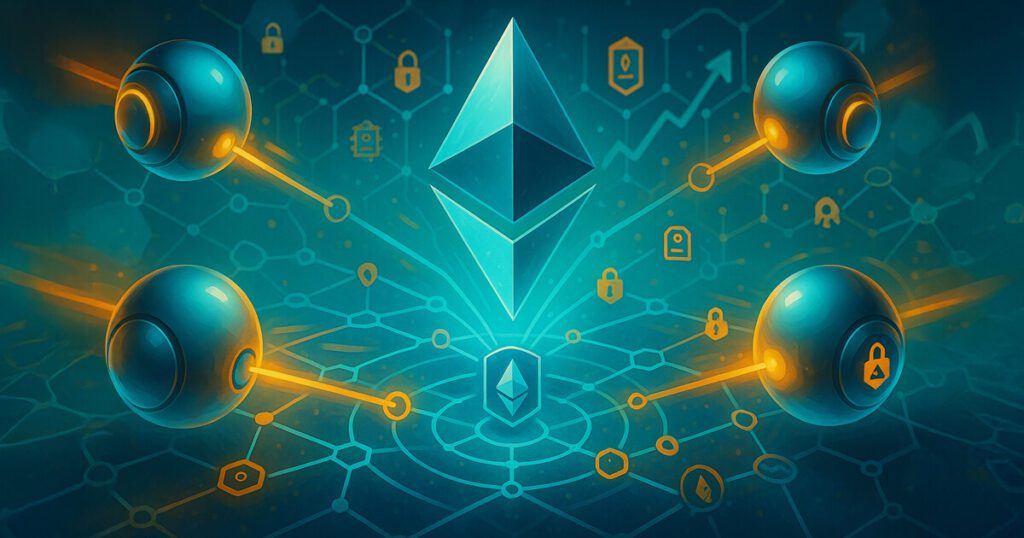Artificial intelligence (AI) is evolving beyond chatbots and co-pilots, and the next frontier in this rapidly developing sector is the world of AI agents.
These autonomous digital actors can browse the web, negotiate contracts, make payments, and collaborate with other machines.
The market supporting this shift is huge, with Statista data forecasting that the global AI industry will surpass $1 trillion by 2031. Notably, the report suggests that a significant market share would be devoted to agent systems capable of making independent decisions.
Yet one question dominates the conversation: How will millions of these autonomous agents trust, verify, and transact with each other?
As tech companies like Google work to create centralized agent ecosystems, developers in the crypto community say the most neutral and verifiable substrate for this emerging machine economy is not an enterprise cloud, but Ethereum.
Why Ethereum is important for AI
Ethereum’s open ledger already secures over $550 billion in on-chain assets and millions of smart contracts.
For developers like Binji, an Ethereum Foundation engineer, this makes it a natural basis for “trustware,” a public layer where machines can anchor identity, memory, and proof of action.
According to him:
“If you were an agent with no loyalty except for your own survival, you would not want to stake your memory and reputation on a company or a government: you would want a ledger that no one could quietly change behind your back. you would want neutral ground. you would want Ethereum.”
ERC-8004
Given this, the network’s developers have been working on a technical framework to enable these AI agents to thrive without third-party intervention.
On October 9, the Ethereum Foundation’s dAI team and Consensys unveiled ERC-8004, a new standard designed to enable AI agents to discover, authenticate, and cooperate directly on-chain, without centralized intermediaries.
At its core, ERC-8004 extends the Agent-to-Agent (A2A) protocol with three lightweight registries for identity, reputation, and validation.
Each agent receives a portable on-chain identity encoded as an ERC-721 token, allowing it to be viewed, transferred, or managed through existing Ethereum wallets. The registry file linked to this NFT describes the agent’s skills, endpoints, and metadata, forming a standardized “passport” for machine actors.
The proposal allows agents to establish trust autonomously without centralized intermediaries, bridging the gap between AI systems and blockchain infrastructure.
The framework also supports on-chain reputation by integrating x402 payment proofs and feedback data, allowing agents to create provable behavior histories.
Essentially, ERC-8004 positions Ethereum as a potential coordination layer for a decentralized AI economy. In this environment, AI agents, not humans, will negotiate transactions, manage resources, and form DAOs.
Binji highlighted that the technology could fuel the next AI agent boom, while simultaneously strengthening Ethereum’s core value proposition of “trust without intermediaries.”
He added:
“This is just the beginning of machines running on trusted software. Smart contracts are how we will communicate with AI, immutable ledger is how they will communicate with each other, and Ethereum is how we will build this properly.”





